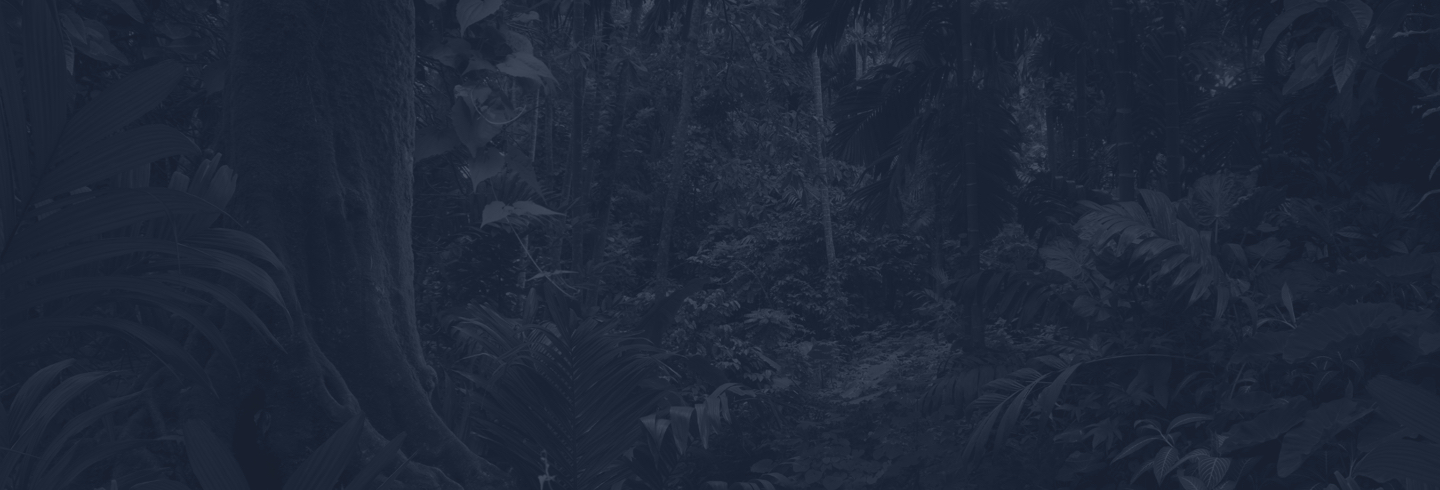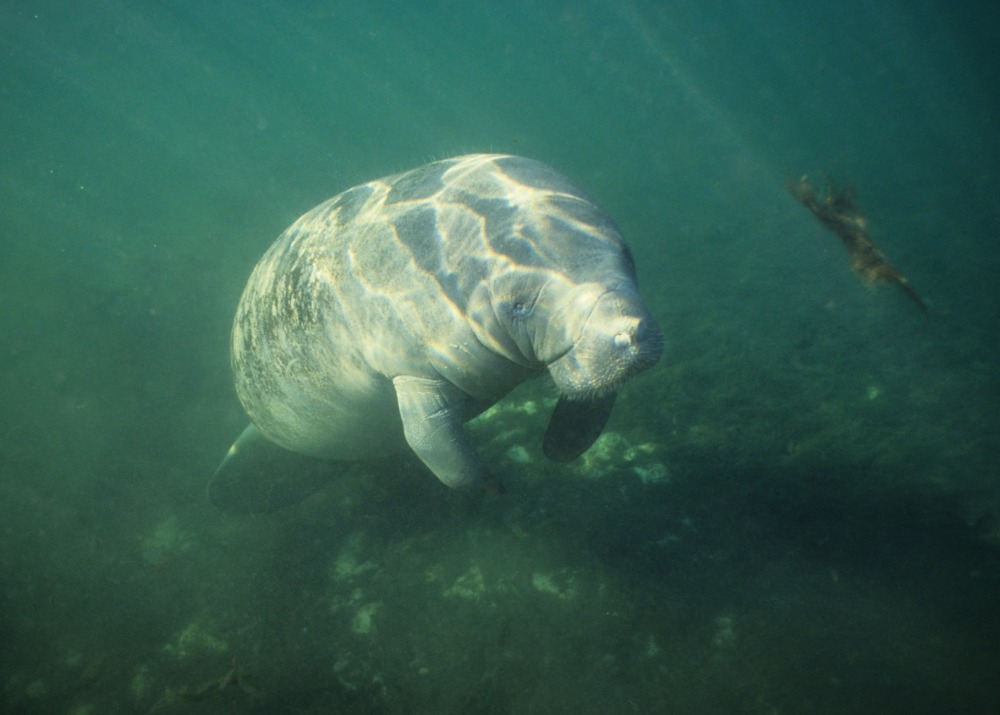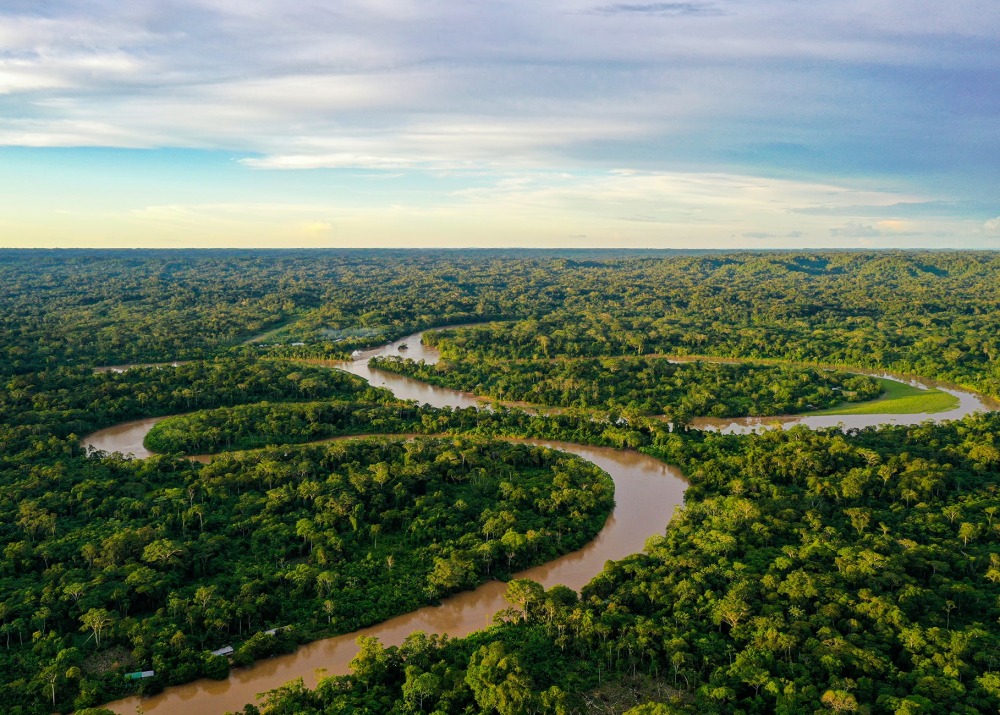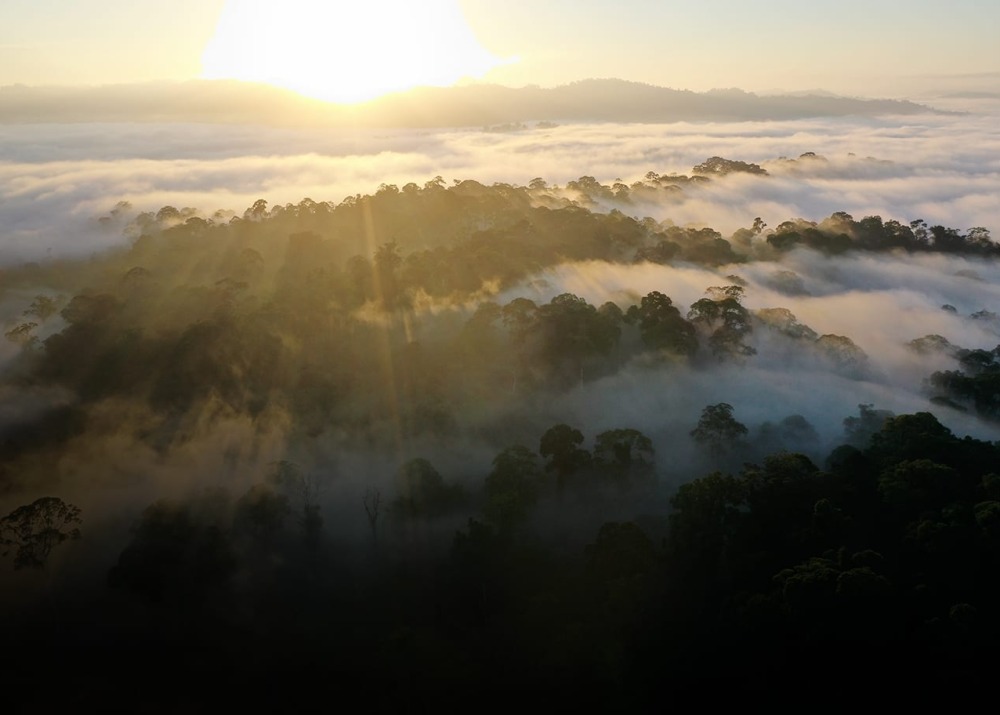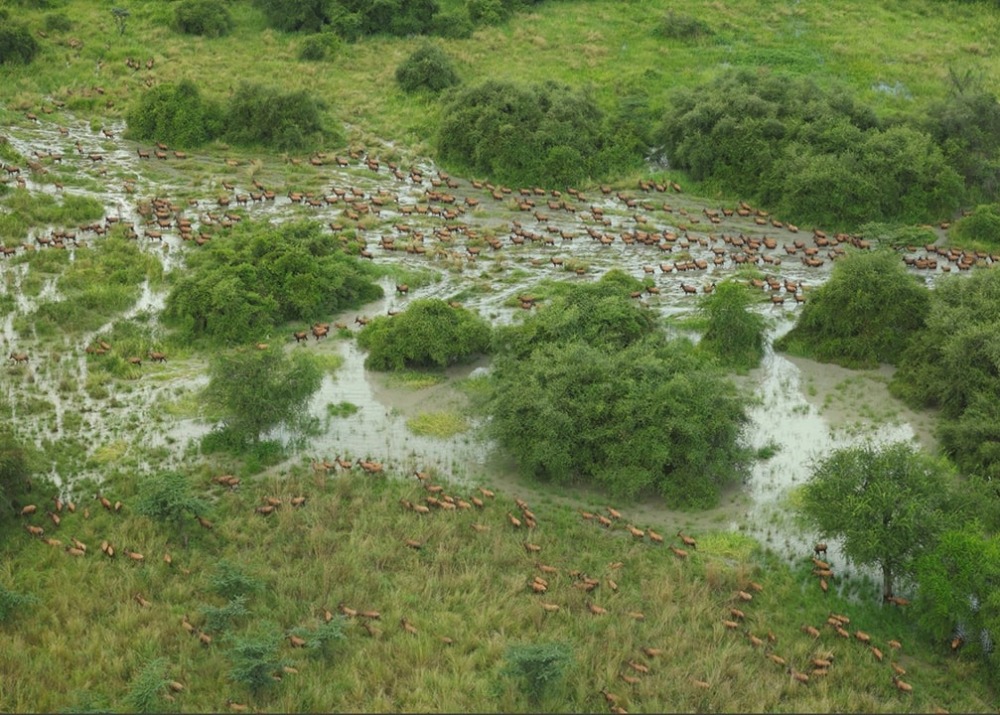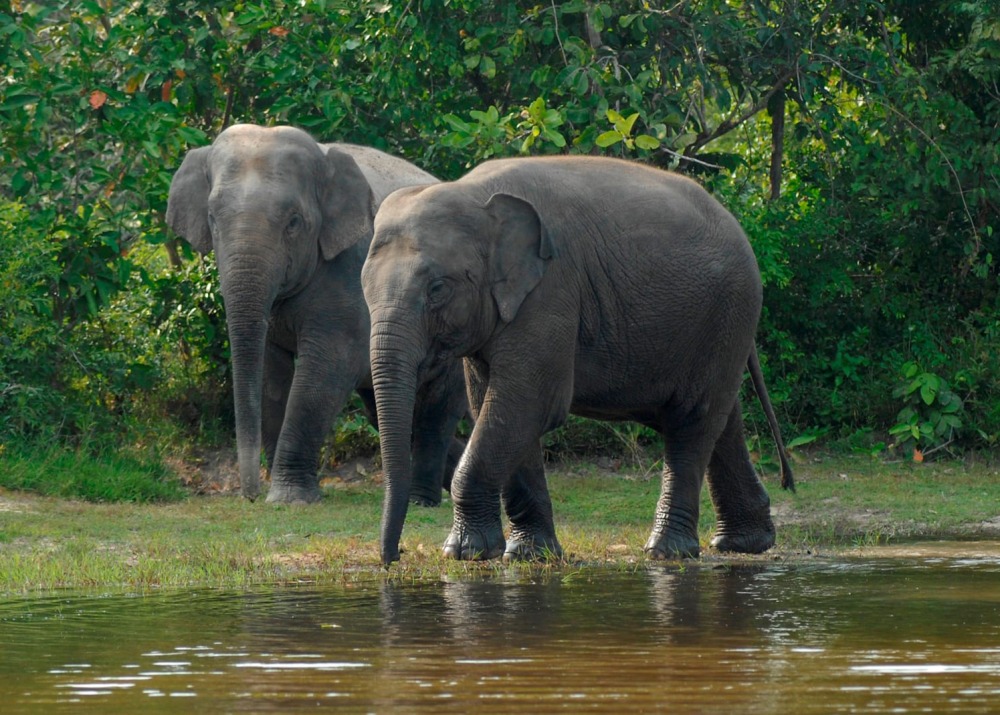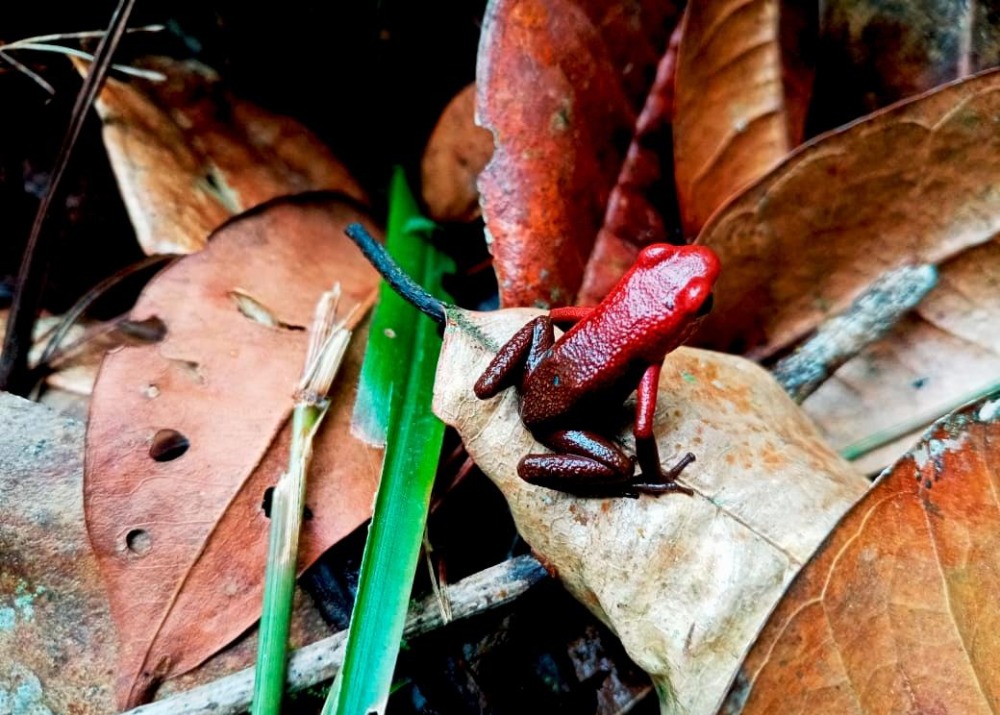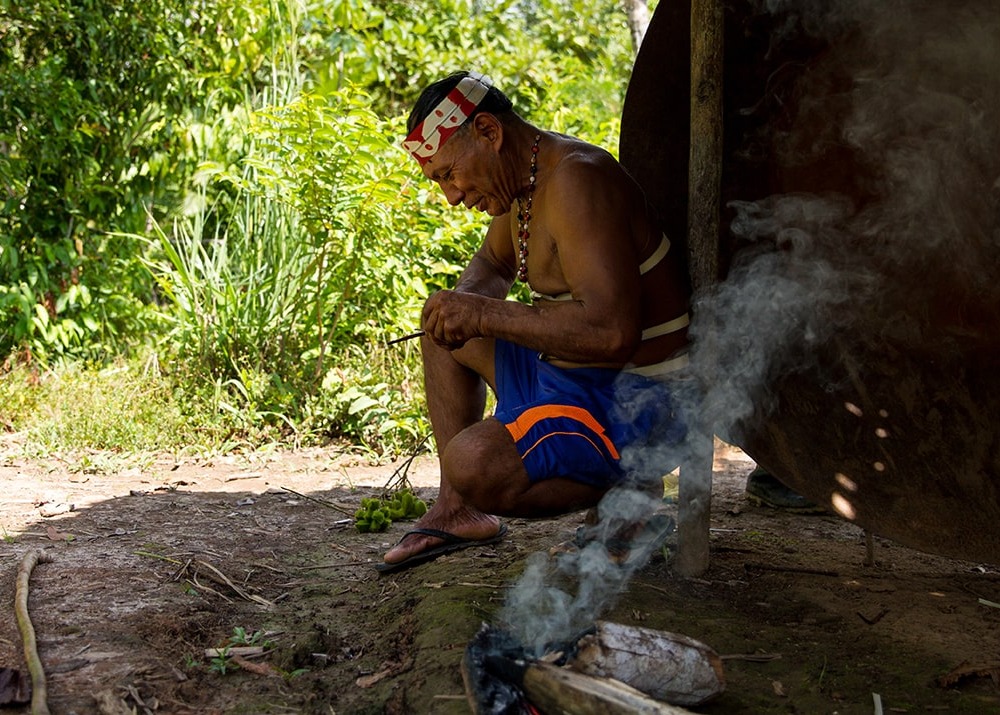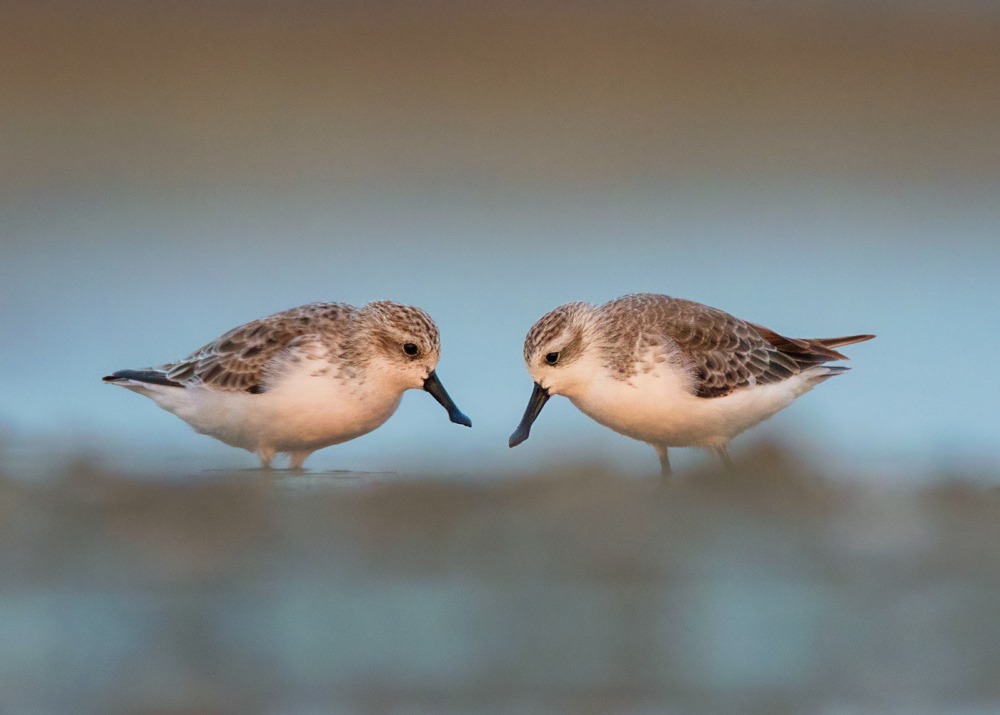Rainforest Trust Reports Progress in Work to Expand and Protect Habitat of Critically Endangered Blue-throated Macaw in Bolivia
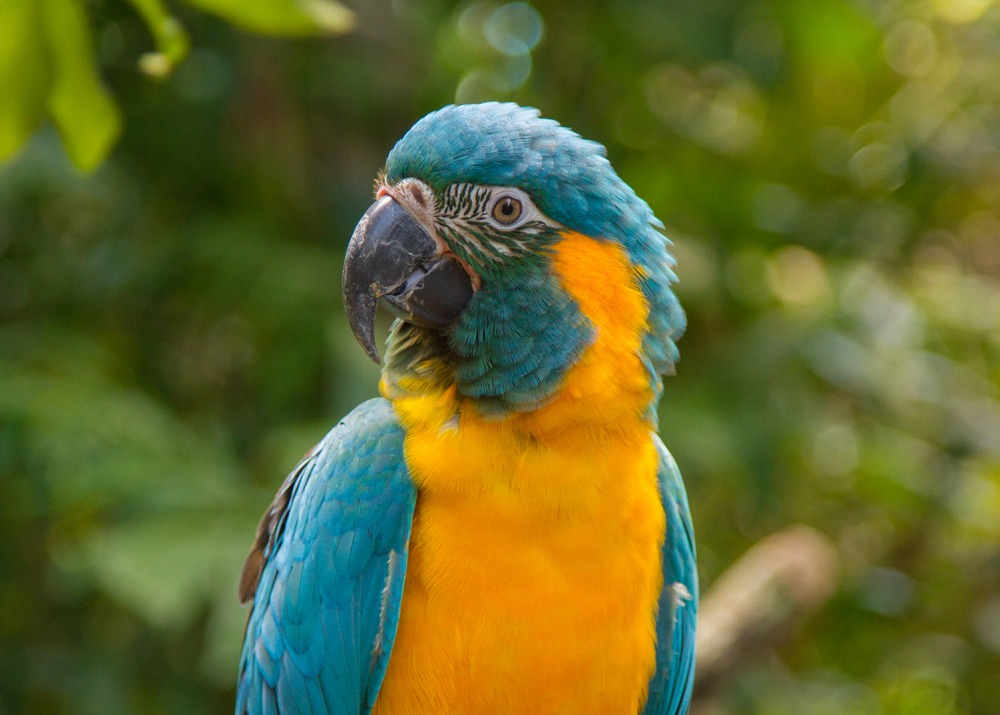
Rainforest Trust has had success in expanding and protecting wildlife habitat in Bolivia. Including habitat of the Blue-throated Macaw. Once thought to be extinct in the wild, a population of nearly 50 Blue-throated Macaws was rediscovered in northeastern Bolivia in 1992. The beautiful, gold and blue parrot is one of the rarest birds in the world. These colorful birds are highly intelligent but are critically endangered due to habitat loss and the illegal pet trade.
The Laney Rickman Reserve is located in Bolivia’s Beni Savanna, a tropical ecoregion known for its plant diversity and high levels of endemism. Beni Savanna lies within the lowlands of the southwestern Amazon basin in the northern part of the country. Also known as the Llanos de Moxos, this region is one of only two unique Bolivian endemic ecosystems and consists of natural savannas, Motacu and Totai palm tree dominated forest islands, dry forest patches and river edge Amazonian forests. The wide range of habitat allows for a variety of threatened and endemic species to thrive. One-hundred and forty-six mammal species have been reported in the area, including the Giant Anteater, Jaguar and Maned Wolf, among many others. Hundreds of species of birds have also been recorded in the Beni area, including many endemic birds like the Unicolored Thrush.
In 2018, Rainforest Trust’s local partner Asociación Armonía created the Laney Rickman Reserve in the southeast portion of the Beni Savanna to protect the largest known group of nesting critically endangered Blue-throated Macaws in the world.
As of 2021, Asociación Armonía has successfully fledged 105 Blue-throated Macaw chicks since the inception of the nesting box program. This year with the Blue-throated Macaw nesting season coming to an end—so far, there have been 16 nesting attempts in the 100 nest boxes monitored by the park rangers, resulting in eight chicks successfully fledging. This is significant for conservation of the species.
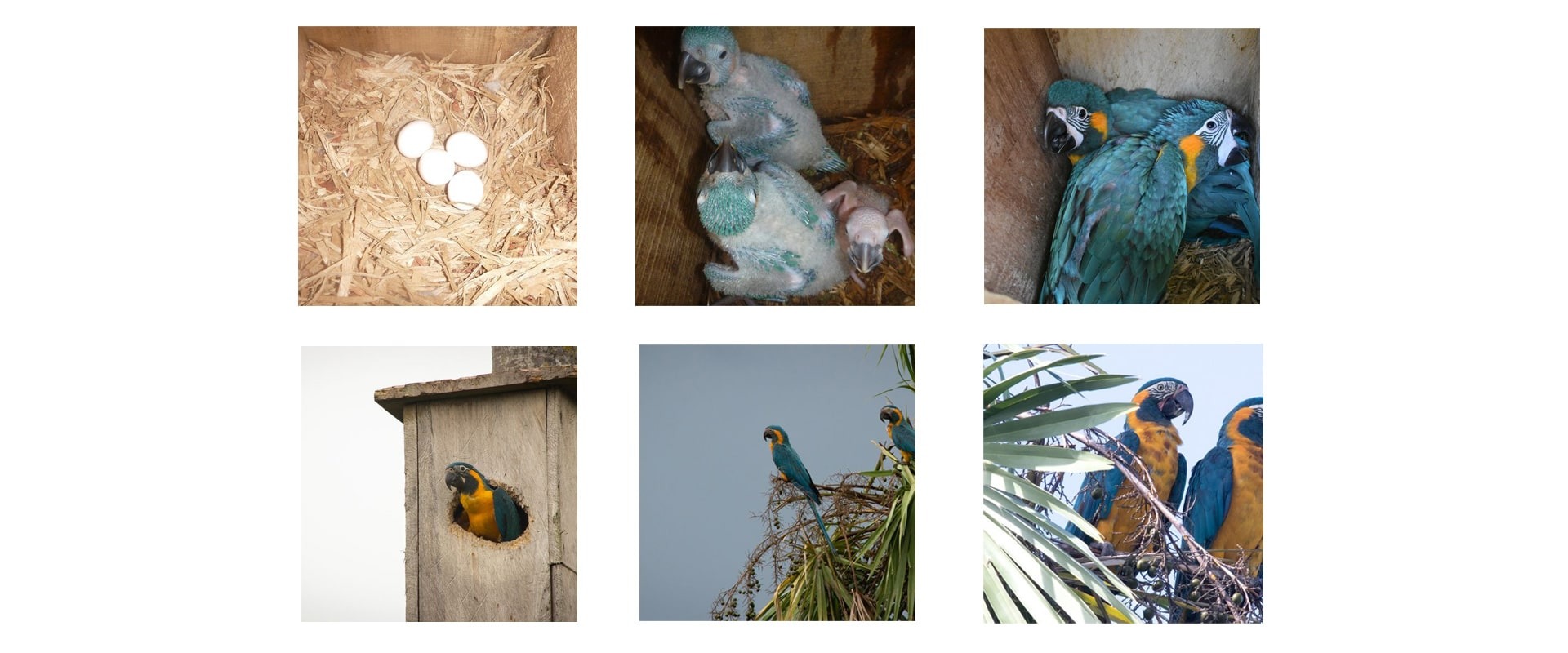
An example of a successful nesting box, resulting in the fledging of critically endangered Blue-throated Macaws. Photos courtesy of Asociación Armonía.
“Rainforest Trust and our donors care about all endangered birds–indeed all endangered species. But Blue-throated Macaws are special–spectacular, brilliant, social. Our world would be vastly impoverished without them” said James Deutsch, CEO of Rainforest Trust. “That’s why we are so privileged to support Asociación Armonía in their highly professional and successful efforts to pull this species back from the brink.”
Blue-throated Macaws play an important ecological role as seed dispersers. They are the primary dispersers of the Motacú palm, their preferred nesting tree and preferred food. Bright coloration helps these birds to blend in with their surroundings—including a background of bright fruits, leaves, and shadows.
Asociación Armonía created the Laney Rickman Reserve in 2018 after initiating the nesting box program in 2007. To further these efforts, Rainforest Trust partnered with Asociación Armonía in 2020 to expand the existing reserve and increase protection for the macaws and other wildlife. Rainforest Trust and Asociación Armonía also worked together to protect 27,046.38 acres within the Barba Azul Nature Reserve, which also conserves key habitat for the Blue-throated Macaw.
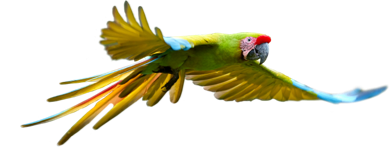
Sign up to receive the latest updates
"*" indicates required fields

